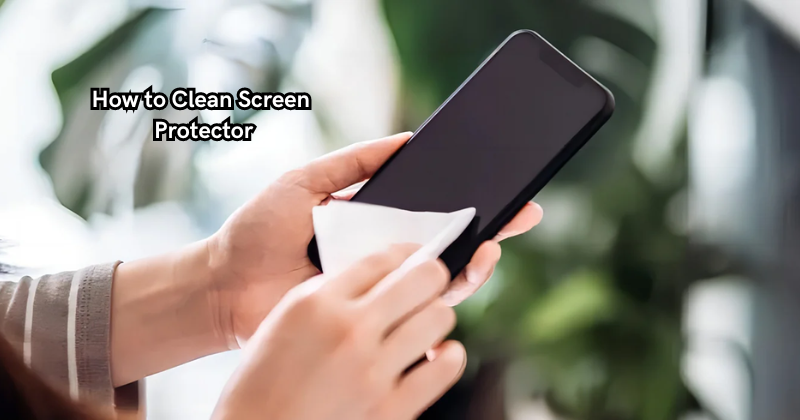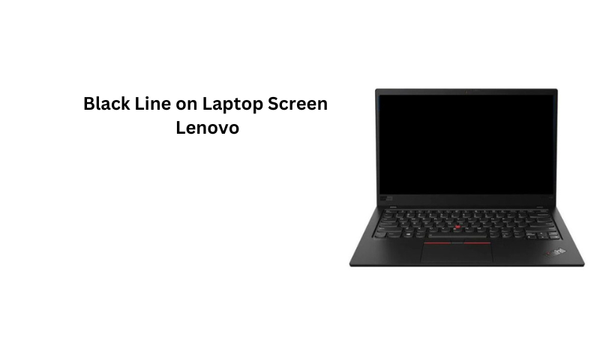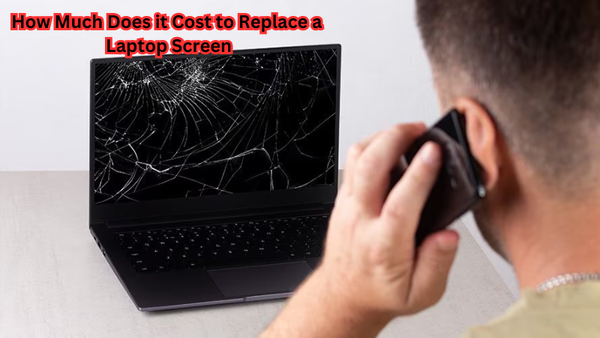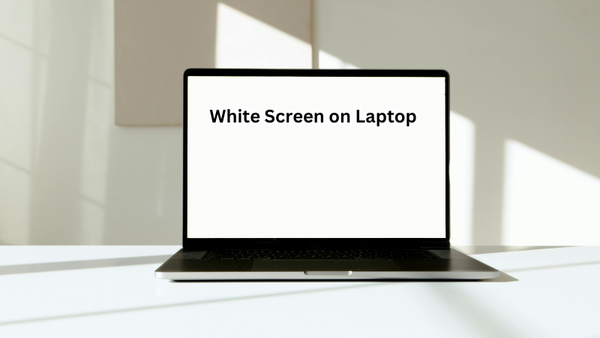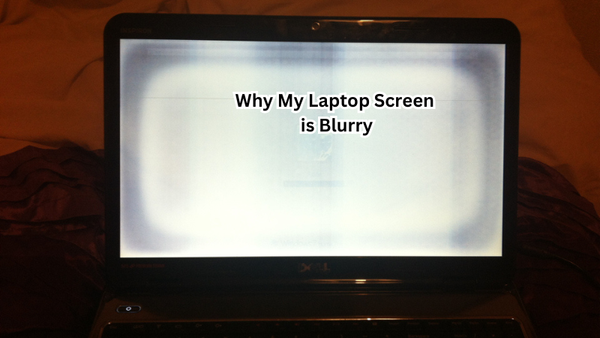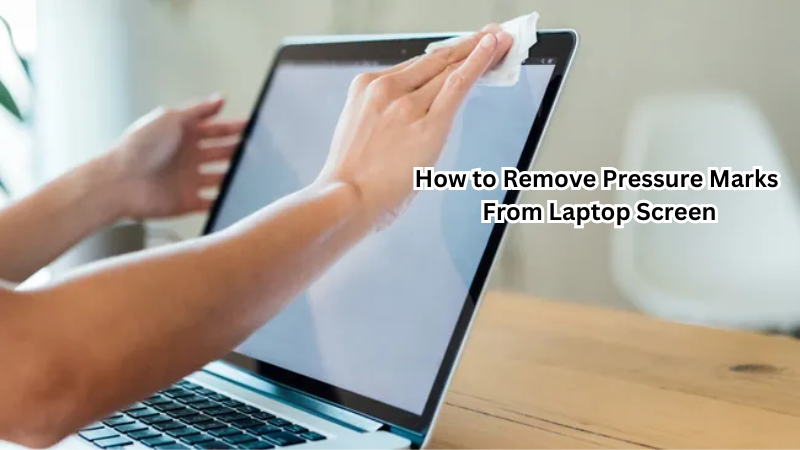Maintaining a clean screen protector is vital for ensuring optimal visibility and protection for your device's screen. Regular cleaning not only removes dirt, smudges, and fingerprints but also prevents scratches and maintains the screen's responsiveness.
By employing the correct cleaning methods and tools, you can effectively eliminate residue without damaging the screen protector or the underlying display. Knowing how to clean your screen protector properly is key to preserving its clarity and enhancing the overall user experience.
Discover best practices and gentle techniques to keep your screen protector spotless and your device looking as good as new.
Importance of Cleaning Your Screen Protector
Screen protectors act as a barrier between your device's screen and external elements. They can get dirty from everyday use, especially if you tend to use your fingers or other objects to interact with the screen.
Dirt, oil, and bacteria from our hands can transfer onto the screen protector, causing smudges and reducing its transparency. Over time, the buildup of grime can make it difficult to see through the screen and affect touch sensitivity.
Moreover, if left uncleaned, debris trapped between the screen protector and display can cause scratches or damage to your device's screen. This is especially true for devices with touchscreens, where debris can get trapped inside small crevices and interfere with functionality.
Regularly cleaning your screen protector ensures that it continues to provide the necessary protection and maintains its transparency, resulting in a better viewing experience.
How to Clean Screen Protector
Now, we will discuss the steps you should follow to ensure a clean screen protector.
Gather Supplies
Before beginning the cleaning process, gather all the necessary tools to facilitate a thorough and safe cleaning of your screen protector. Avoid using harsh chemicals or sharp objects that can cause damage to your device's display.
- Microfiber Cloth: This soft, lint-free cloth is ideal for wiping away dust particles without leaving any scratches on the surface.
- Distilled Water: Avoid using tap water as it may contain minerals that can leave behind residue. Distilled water is free of impurities and ideal for cleaning delicate surfaces.
- Mild Soap or Screen Cleaner: For tougher stains or grime, a dish soap solution or a specialized cleaning solution can be used to gently remove the buildup without damaging the screen protector.
- Spray Bottle: Fill a spray bottle with distilled water or the mild soap solution to evenly distribute the liquid onto the screen protector.
- Soft-bristled Brush: A soft brush, such as a toothbrush or a makeup brush, can be used to gently remove dirt and debris from hard-to-reach areas.
Power Off Device
To avoid any potential damage to your device's display, it is recommended to power off the device before cleaning the screen protector. This will also prevent any accidental taps or swipes while cleaning.
Remove the Screen Protector
If your screen protector is removable, it is best to take it off before cleaning. This will allow for more thorough and effective cleaning without leaving any residue trapped along the edges of the protector.
Wipe with a Dry Cloth
Take a dry microfiber cloth, use the screen protector gently clean the surface of the screen protector in a circular motion, starting from the top and working your way down. This will remove any loose dirt or dust particles without adding moisture.
Apply Screen Cleaner Solution
Spray a small amount of screen cleaner solution on the microfiber cloth (not directly onto the screen protector) and then gently wipe the surface in a circular motion.
- Use Rubbing Motion: Using the cloth, apply slight pressure and rub in a circular motion to remove any stubborn dirt or grime. Soft cloth should be gentle enough to not damage the screen protector.
- Focus on Edges and Corners: Pay extra attention to the edges and corners of the screen protector as these areas are more susceptible to buildup.
- Avoid Excessive Pressure: Do not press too hard while cleaning, as it may damage the screen protector or the device's display.
- Do Not Use Paper Towels: Avoid using paper towels, tissues, or any rough materials that can cause scratches on the surface of the screen protector.
Rinse and Dry
If using a mild soap solution, rinse the screen protector with distilled water to remove any residue. Then, dry it off with a clean microfiber cloth. A damp cloth should be sufficient to remove any remaining residue.
Reapply Screen Protector
Once the screen protector is completely dry, carefully reapply it to your device according to the manufacturer's instructions. Make sure there are no air bubbles trapped between the display and the screen protector. The sticky side should be face-down on the display.
Now that you know how to keep your phone screen clean, make it a regular habit to clean your screen protector at least once a week.
Tips for Maintaining a Clean Screen Protector
- Avoid using your fingers to touch the screen protector, as natural oils and dirt from your hands can transfer onto the surface.
- Regularly clean your device's case or cover, as any dirt or debris on it can also transfer onto the screen protector.
- Use a stylus pen for navigation instead of your fingers to minimize contact with the screen protector.
- Keep your device away from dusty or dirty environments to prevent buildup on the screen protector.
- Avoid using abrasive cleaners, paper towels, or tissue paper to clean your screen protector, as they can cause scratches.
With these simple steps and precautions, you can keep your screen protector in pristine condition and maintain a clear view of your device's display. Regular cleaning not only prolongs the life of your screen protector but also ensures a pleasant user experience.
Additional Tips and Tricks
- If you have a tempered glass screen protector, avoid using alcohol-based products, as they can damage the adhesive and cause lifting at the edges. Plastic screen protector users should avoid using sharp objects, such as credit cards or keys, to remove air bubbles as they can cause scratches.
- For added protection against scratches, consider using a screen protector with an oleophobic coating, which repels oil and reduces smudges.
- When traveling, make sure to pack a small microfiber cloth to clean your screen protector on-the-go.
- If you notice any buildup or discoloration on your screen protector, promptly clean it to prevent further damage and maintain its transparency.
- If you accidentally drop your device and the screen protector cracks or scratches, replace it immediately to avoid any potential harm to your device's display.
By following these tips and regularly cleaning your screen protector, you can ensure that your device's screen remains in top condition for a long time. Don't overlook the importance of screen protector maintenance, as it plays a significant role in preserving the overall appearance and functionality of your device.
FAQs
Can you rinse off a screen protector?
Yes, if you use a mild soap solution, you can rinse off the screen protector with distilled water and then dry it with a clean microfiber cloth. However, make sure to avoid excessive moisture and do not submerge the screen protector in water.
Can you clean and reuse a screen protector?
While it is possible to clean and reuse a screen protector, it is not recommended. Over time, the adhesive may become weakened or damaged, leading to reduced protection and potentially causing scratches on your device's display. It is best to replace the screen protector when needed.
How often should I clean my screen protector?
It is recommended to clean your screen protector at least once a week to prevent the buildup of dirt and grime. However, if you notice any visible smudges or debris on the screen, it is best to clean it immediately.
Can I wash tempered glass?
No, it is not recommended to wash tempered glass screen protectors as it can damage the adhesive and cause lifting at the edges. It is best to clean it with a soft cloth and a gentle cleaning solution.
Conclusion
Cleaning a screen protector is essential for maintaining the clarity and functionality of your device's screen.
By following simple steps, you can effectively clean your screen protector and keep it free from dirt, fingerprints, and smudges. Start by turning off your device and removing any visible debris with a soft cloth or dust sticker. Next, dampen a microfiber cloth with water or a gentle cleaning solution and gently wipe the screen protector in a circular motion.
Avoid using harsh chemicals or abrasive materials that could damage the protector. Finish by drying the screen with a dry microfiber cloth to prevent streaks. Regularly cleaning your screen protector not only improves visibility but also prolongs the life of your device's screen.
